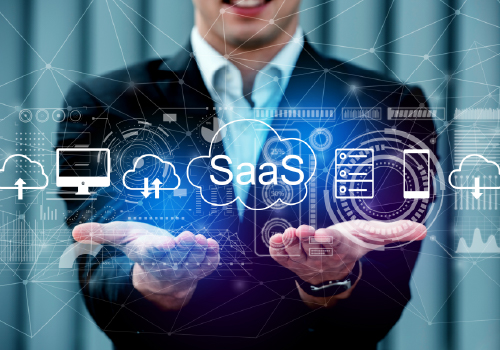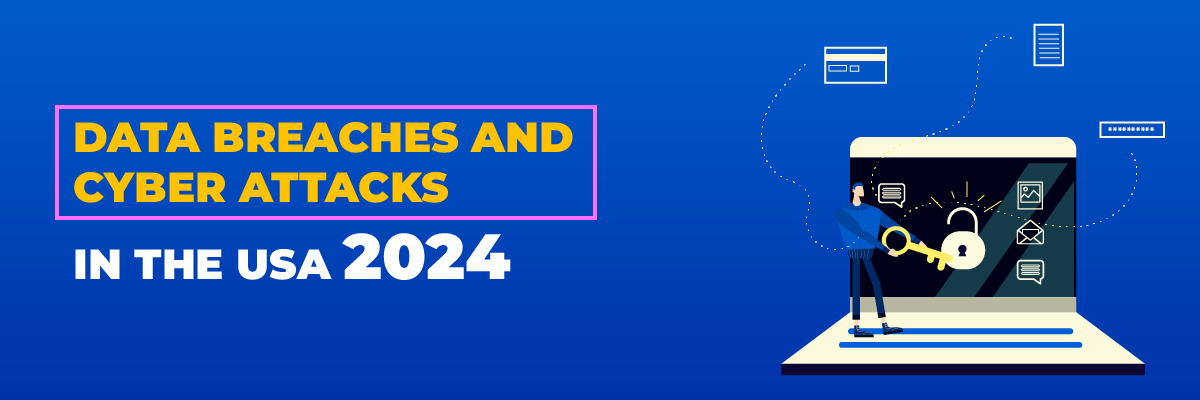iOS 18—Top New Security and Privacy Features

iOS 18—Top New Security and Privacy Features to Keep Your iPhone Safe
Apple’s upcoming iOS 18 update is set to debut alongside the launch of the Latest iPhone, bringing a host of exciting new security and privacy features. The official release is slated for September 9, with the iPhone 16 hitting shelves shortly after. If you’re a fan of security improvements and a seamless user experience, you’ll be thrilled to explore the updates iOS 18 brings to the table.
Among the standout features are an integrated password manager app, enhanced privacy options for apps, and more granular control over the data shared across your device. Let’s take a deep dive into these exciting changes coming to your iPhone in just a few days.
1. iOS 18’s Built-In Password Manager App
For the first time, iPhone users will gain access to a built-in password manager on iPhones running iOS 18. This update marks a significant improvement over the existing iCloud Keychain, which, while functional, doesn’t offer the depth or ease of use seen in other third-party password managers like 1Password or LastPass. The new app will seamlessly integrate into your iPhone, iPad, and macOS devices running macOS Sequoia, providing a unified and more secure way to manage your credentials.
Key Features:
- End-to-End Encryption: Security remains a top priority, with all credentials protected by end-to-end encryption.
- User-Friendly Interface: The new app features an intuitive layout, making it easier to create, store, and manage credentials for apps and websites.
- Security Alerts: You’ll receive warnings if any of your passwords are weak or exposed in a data breach, allowing you to change them immediately.
- Easy Sharing: You can securely share specific passwords with trusted contacts, creating groups to control access.
- Search Functionality: A search bar enables you to find and manage specific credentials quickly.
- Integration with Face ID and Touch ID: For those already using iCloud Keychain, transitioning to this new system is seamless—just authenticate with Face ID or Touch ID.
The password manager is designed to give users an easier, more secure way to handle passwords across devices. Future updates will likely include the ability to import passwords from third-party apps like LastPass, but this feature won’t be available at launch.
Jake Moore, a global cybersecurity advisor at ESET, highlights the ease of use while emphasizing that the app balances security with user convenience: “The upcoming Passwords app on iOS 18 offers a simple solution for accessing passwords, balancing security with ease of use.”
2. Locked and Hidden Apps: A New Layer of Protection
Another welcome iOS 18 feature is the ability to lock sensitive apps or hide them entirely. This enhancement provides greater control over who can access specific apps and the data stored within them. Once you enable this feature, only you can unlock the app using Face ID, Touch ID, or your passcode, adding an additional layer of privacy when others use your phone.
How It Works:
- App Locking: You can lock any app you choose, requiring Face ID, Touch ID, or your passcode to open it.
- Hidden Apps: iOS 18 lets you hide apps in a secure folder, ensuring private information isn’t visible elsewhere on your phone, such as in search results or notifications.
This feature is ideal for users who share their device with others or those who want to protect sensitive information in their apps without logging out or uninstalling them.
3. Enhanced Control Over App Permissions
iOS 18 introduces more granular control over app permissions, allowing you to decide which contacts or data an app can access, rather than granting blanket access to all your information. This marks a significant upgrade to Apple’s privacy offerings, further minimizing the risks associated with over-permissioned apps.
Bluetooth Privacy Enhancements:
- iOS 18 improves Bluetooth privacy, allowing app developers to pair accessories while ensuring that nearby devices remain private. This update reduces the amount of information apps can collect about other Bluetooth-enabled devices in your vicinity, further enhancing your security.
 4. iOS 18’s Simplified Privacy and Security Settings
4. iOS 18’s Simplified Privacy and Security Settings
Navigating privacy and security settings has never been easier, thanks to an updated and simplified Privacy and Security menu in iOS 18. The new layout makes it more straightforward for users to manage how much information apps can access, as well as adjust their security settings on the fly.
This ease of navigation is crucial, as users are often unaware of the permissions they’ve granted apps. Now, users will have more transparency and control, ensuring sensitive data stays private.
5. Apple Intelligence AI and Future Security Updates
With the arrival of the iPhone 16, iOS 18 will pave the way for Apple Intelligence AI features in iOS 18.1, which is expected to launch by the end of October. These AI-driven features are designed to streamline the user experience while maintaining robust security protocols. As more AI features roll out, we can expect additional privacy controls tailored to AI-driven processes.
Why iOS 18’s Security Features Matter More Than Ever
As privacy concerns continue to grow, Apple’s focus on user security makes iOS 18 a timely and essential update. Whether you’re securing passwords, hiding sensitive apps, or fine-tuning privacy settings, the new features in iOS 18 give users unprecedented control over their data.
However, one critical point to note is that many of these features won’t be enabled by default. Jake Moore emphasizes the importance of user engagement with these new tools, stating: “The new iPhone tools won’t be turned on by default, so people may need some gentle encouragement to make full use of them.”
iOS 18 Key Dates and Device Compatibility
Apple will officially unveil iOS 18 at its event on September 9, and the update will be available for download starting September 16. iPhone 16 devices, which will come with iOS 18 pre-installed, are expected to ship around September 20.
If you own an iPhone XS or newer, you can upgrade to iOS 18. Meanwhile, older models will continue to receive security updates for iOS 17, ensuring that key fixes remain available to those not yet ready to upgrade their devices.
Protected Harbor: Safeguarding Security in the Digital Age
At Protected Harbor, a premier Managed Services Provider (MSP) based in the U.S., we understand the importance of robust cybersecurity. With over two decades of experience, we offer a comprehensive range of services designed to keep your business’s data secure in a constantly evolving threat landscape. Like the enhanced security features coming in iOS 18, we emphasize the importance of data protection, privacy, and user control.
Our team of experts works tirelessly to provide custom security solutions tailored to the unique needs of your organization. Whether you’re looking to safeguard against cyber threats, secure your network, or improve compliance with industry regulations, Protected Harbor is your trusted partner in maintaining the privacy and security of your digital assets.




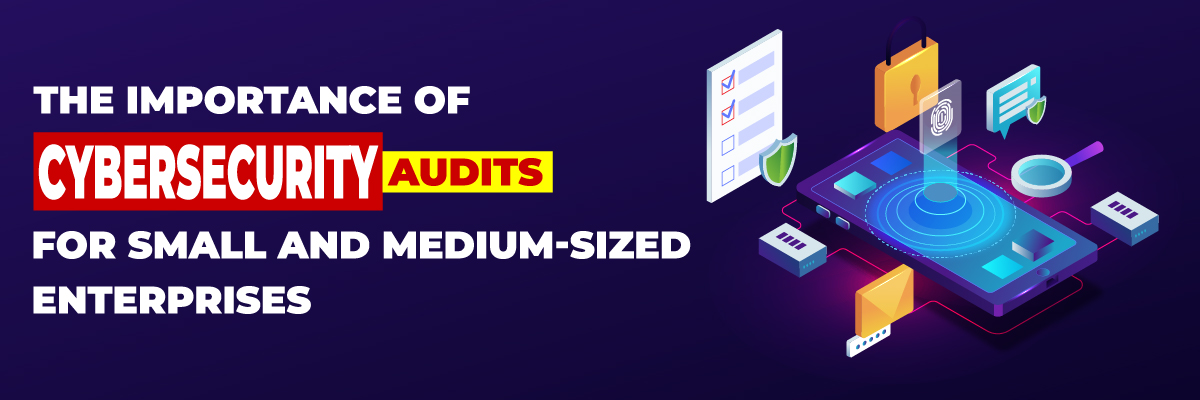
 How to Prepare for a Cybersecurity Audit
How to Prepare for a Cybersecurity Audit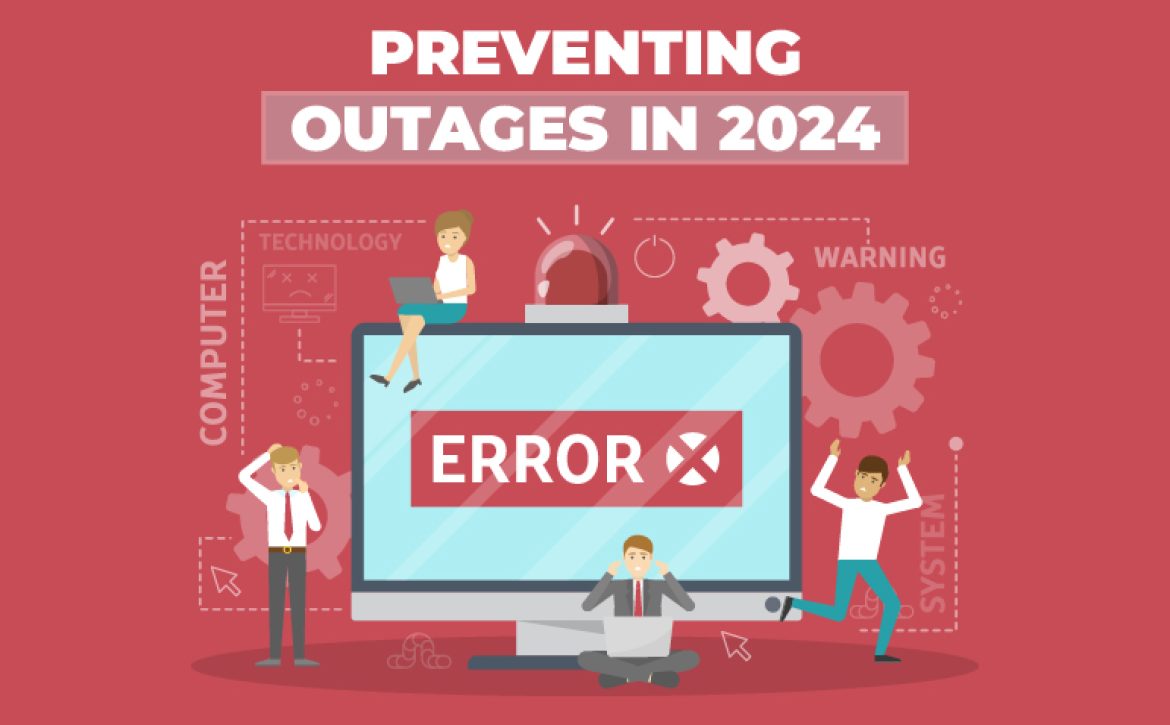




 Investigation and Expert Opinions
Investigation and Expert Opinions









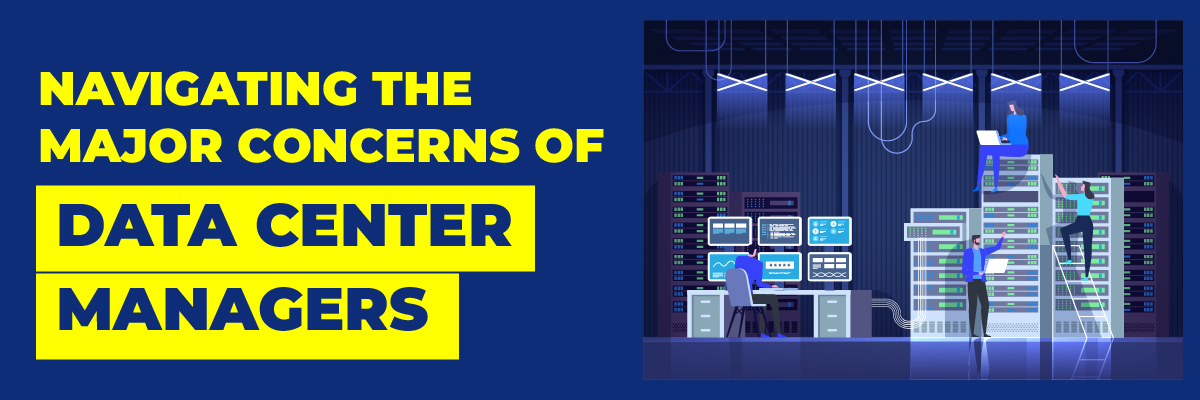
 4. Disaster Recovery and Business Continuity
4. Disaster Recovery and Business Continuity

